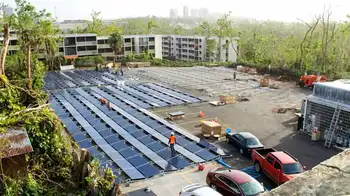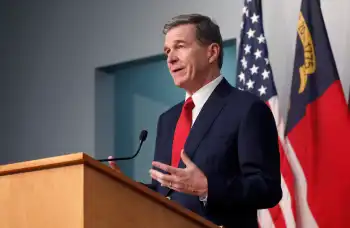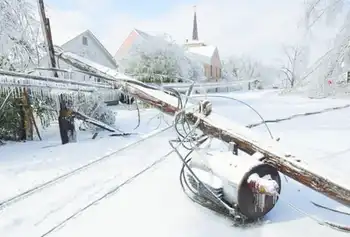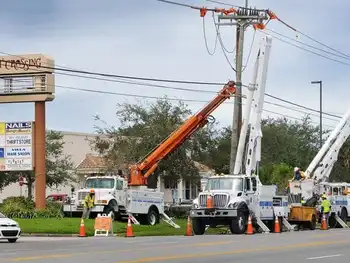Power production rises, but shortfalls loom in dry season
The state-owned Electricity of Viet Nam (EVN) Group supplied 65.1 per cent of the total output.
The Viet Nam Oil and Gas Group (Petro Vietnam) was second with 11.8 per cent, and several build-operate-transfer projects followed with 9.3 per cent.
Viet Nam imported as much as 500MW of electricity from China and the rest was supplied by the Coal and Mineral Industries Group and small hydro-power plants.
The Electricity Regulation Agency of Viet Nam (ERAV) said demand in February and March rose respectively by 12.4 per cent and 10 per cent.
Despite not entering the peak hot season yet, the peak capacity of electric generating sources has been rising, hitting 12,400 MW on March 24, an increase of 10.3 per cent from 12 months earlier.
This has given rise to fears of severe shortage before the dry season ends in May.
But according to ERAV, water levels in rivers and reservoirs have been higher in the last three months compared to the last several years, especially in the central and southern regions.
In March, the level in the Hoa Binh hydro-power plant reservoir was 108.5 metres, 2.3m higher than during the same period last year. It was 53.3m, or 3.4m higher, in the Thac Ba hydro-power plant.
Electricity officials are more concerned about plants fuelled by coal and gas.
The 300 MW Uong Bi thermal plant has yet to start operations due to transformer failure while the Ca Mau 1 and 2 thermal plants are suffering from erratic gas supply.
A number of new projects scheduled to be commissioned early this year have been delayed until May, including Turbine No 1 of the Ba Ha River hydro-power plant and O Mon power plant.
New plants with a total capacity of 1,200 MW will go on stream in April-June and those with a total capacity of more than 2,000 MW in July-December.
In the period from April to June, hydro-electricity plants are expected to supply only 22 per cent of the countryÂ’s needs due to the low water levels during the peak dry season.
In this period, the nation depends more on gas- and coal-fired plants to ensure sufficient supply.
But there may be a shortage of 32 million kWh a day this year as the supply of gas for the Ca Mau plants will be suspended for maintenance and repair work.
To overcome the energy shortage, EVN has called for investing in hydro-electric and thermal plants, improving generation at existing plants, and upgrading transmission lines.
The countryÂ’ s first major wind power plant will be built next year in the Tay Nguyen (Central Highlands) province of Lam Dong, the provincial PeopleÂ’ s Committee announced recently.
The US$57 million Cau Dat wind power plant, to be located in Xuan Truong CommuneÂ’ s Truong Tho village in Da Lat city, will be built by Cavico Transport Corporation in the build-operate-own (BOO) form.
The plantÂ’s 20 wind turbines are expected to generate a designed power capacity of 30 megawatts a month.
A survey by Cavico shows Lam Dong Province has two areas with high potential for developing wind power plants, the Lang Bian plateau and the Cau Dat tea processing factory.
The committee said the plant is due to be running by June 2011 when it will supply some 90 million kWh of power a year.
The advantage of wind power is that it needs no fuel to operate, proves environmentally friendly and is easy to install.
Related News
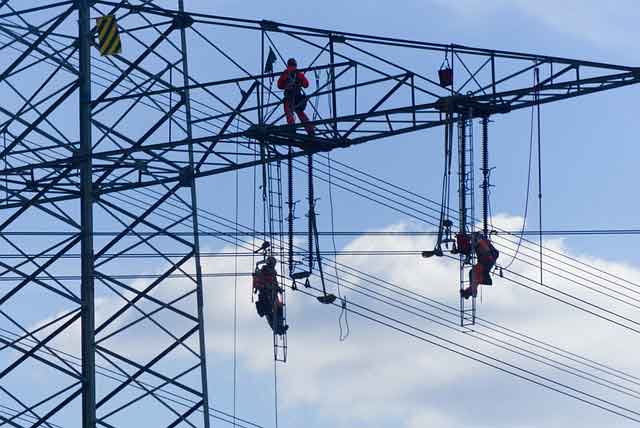
Alberta Proposes Electricity Market Changes
CALGARY - The Alberta government is implementing significant changes to its electricity market to enhance system reliability and efficiency. These reforms aim to modernize the grid, accommodate growing energy demands, and align with best practices observed in other jurisdictions.
Proposed Market Reforms
The government has outlined several key initiatives:
-
Day-Ahead Market Implementation: Introducing a day-ahead market is intended to provide clearer pricing signals and improve the scheduling of electricity generation. This approach allows market participants to plan and commit to energy production in advance, enhancing grid stability.
-
Transmission Policy Revisions: The government proposes reforms to transmission…

